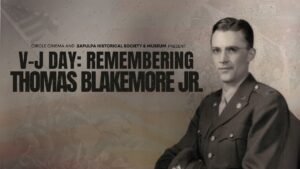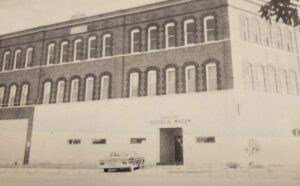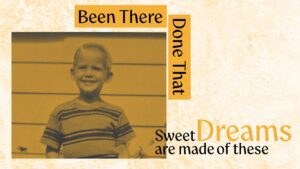Rachel Whitney, Curator,
Sapulpa Historical Museum
Earlier this year, we wrote about when Booker T. Washington High School performed on the KVOO radio. At the end of that article back in February, we ended with the line “But that’s a story for another day…” as we discussed how the town of Sapulpa was called out by an actress on another radio show. Today, we will finish the story.
This week in Sapulpa history, an actress with a trademark “husky resonant voice” who called everyone “dahling” and had a “flamboyant personality” went live on the radio and singled out the town of Sapulpa, Oklahoma.
In old, glamorous Hollywoodland, as it was named in the golden age from the 1920s to 1949, this actress “was also a big hit at social affairs, where she often shocked the staid members of that society with her ‘untraditional’ behavior. She chain-smoked and enjoyed more than her share of Kentucky bourbon, and made it a ‘habit’ to take her clothes off and chat in the nude. She was also famous–or infamous–for throwing wild parties that would last for days. While she made most of her fame on the stages of the world, the film industry and its history became richer because of her talent and her very colorful personality.”
She was a diva of Hollywoodland.
“Tallulah Brockman Bankhead was born on January 31, 1902 in Huntsville, Alabama. Tallulah had been interested in acting and, at age 15, started her stage career in the local theater troupes of Huntsville and the surrounding areas. At age 16, she won a beauty contest and, bolstered by this achievement, moved to New York City to live with her aunt and to try her hand at Broadway. Unfortunately, for the young Miss Bankhead, she did not make any headway on the stages of New York, so she pulled up stakes and moved to London, in 1923, to try her luck there.”
“For the next several years, she was the most popular actress of London’s famed West End, the British equivalent of Broadway. After starring in several well-received plays, she gained the attention of Paramount Pictures executives and returned to the United States to try her hand at the film world. Her first two films: Woman’s Law (1927) and His House in Order (1928) did not exactly set the world on fire, so she returned to do more stage work.”
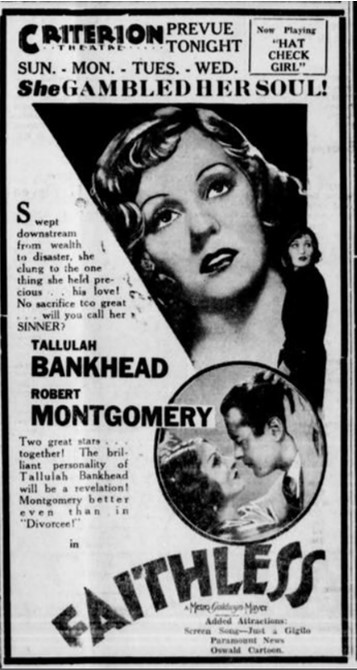
She would try more film works again in the next decade. “She tried again with My Sin (1931) as a woman with a secret past about to marry into money. Later that year, she made The Cheat (1931).” The next year, she shot four films in one year: Thunder Below, Faithless, Make Me a Star, and Devil and the Deep.
David O. Selznick, a producer, called Bankhead his “first choice among established stars” to take the leading role Scarlett O’Hara in Gone With the Wind (1939). “Although her 1938 screen test for the role in black-and-white was superb, she photographed poorly in Technicolor. Selznick also reportedly believed that at age 36, she was too old to play Scarlett, who was 16 at the beginning of the film (the role eventually went to Vivien Leigh).” The produce then suggested Bankhead played the role of the brothel-owner, Belle Watling, but Bankhead turned down the position.

Tallulah would not return to the silver screen for another decade. Tallulah began taking more and more roles on the stage. As she toured nationally, she performed her stage roles across the entire country, except in three states. Finally, in 1943, she began again with movie pictures.
“She returned to films in 1943 with a cameo in Stage Door Canteen (1943), but it was Lifeboat (1944) for director Alfred Hitchcock that put her back into the limelight. However, the limelight did not shine for long. After shooting A Royal Scandal (1945) she did not appear on film again until she landed a role in Die! Die! My Darling (1965). Her film and small-screen work consisted of a few TV spots and the voice of the Sea Witch in the animated film The Daydreamer (1966), so she went back to the stage, which had always been first and foremost in her heart. To Tallulah, there was nothing like a live audience to perform for, because they, always, showed a lot of gratitude.”
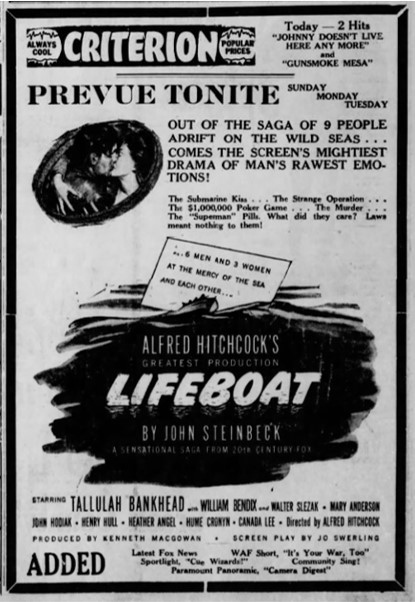
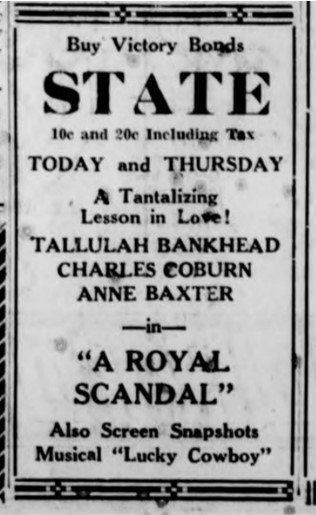
In 1950, a radio talk show went live. “The Big Show was an American radio variety program featuring 90 minutes of comic, stage, screen and music talent, that was aimed at keeping American radio in its classic era robust against the rapidly growing television tide. For a good portion of its year-and-a-half run (November 5, 1950 – April 20, 1952), the show’s quality made its ambition seem plausible.”
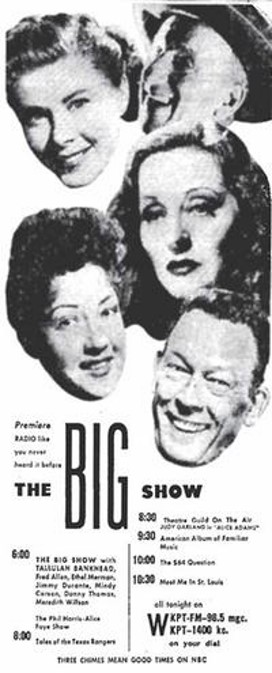
“Tallulah Bankhead was hostess and each week it featured some of the biggest names in entertainment. A variety show, it featured singers, actors, comedians and more. Sometimes it had a sponsor, other times it was sustainable. Although it always got rave reviews from the critics, audiences just weren’t there. After all, they were up against Jack Benny and Bergen & McCarthy on CBS. NBC lost over $1 million in two years trying to stage this epic.”
In the radio’s second episode, on November 12, 1950, Tallulah Bankhead chimed the name “Sapulpa, Oklahoma” on the show.
The show featured Groucho Marx with Ezio Pinza, Fanny Brice, Hanley Stafford, Jane Powell, and Merideth Willson. It provided an entertaining 90-minute show to its listeners. Around the last 20 minutes of the program, listeners can hear the shout-out:
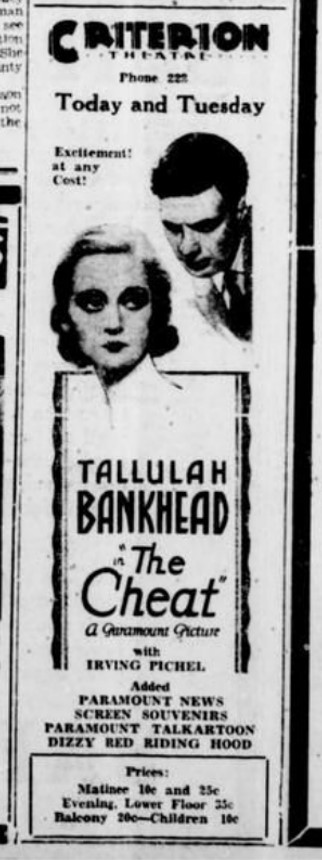
Tallulah: I am an actress of the legitimate the-a-ter. The the-a-ter of Helen Hayes, Lynn Fontaine, Katherine Cornell.
Groucho: Well, we have a few great actresses in the movies, too. Olivia de Haviland, Greer Garson, and tell me, when have you seen as great an actress as Bette Davis in All About Eve?
Tallulah: Every morning when I brush my teeth.
And a few minutes later:
Groucho: Everything is before Petrillo. Miss Bankhead, let’s get back to that Broadway play, the one with the long title.
Tallulah: That was not one play. Those plays represent my career in the the-a-ter. Great plays by great playwrights who were gracious enough to make me the star of their work, and with whom I toured this country over, acclaimed by the critics, hailed by the public in every town and hamlet who practically stampeded the the-a-ters to see my performances. Except Sapoopla, Oklahoma.*
*Note: A deliberate mispronunciation of Sapulpa, Oklahoma.
Groucho: Well, that is certainly novel pronunciation. What happened there, Miss Bankhead?
Tallulah: Bette Davis*.
*Note: Many of Bankhead’s Broadway roles were given to other movie stars when the same play transitioned to film. Bankhead originated the lead on Clash by Night, play, and Barbara Stanwyck played the role in the film; Bankhead lead Reflected Glory, but Joan Crawford played the film version. Bankhead’s play version of Dark Victory and The Little Foxes, both became Bette Davis’s roles in the film version. In All About Eve, Bankhead was the choice after Margo Channing left with an injury, however, Davis took the role and even received a Best Actress Oscar nomination for this role. Bankhead is quoted saying: “Don’t think I don’t know who’s been spreading gossip about me. After all the nice things I’ve said about that hag [Bette Davis]. When I get hold of her, I’ll tear out every hair of her mustache!” and “Bette and I are very good friends. There’s nothing I wouldn’t say to her face, both of them.”
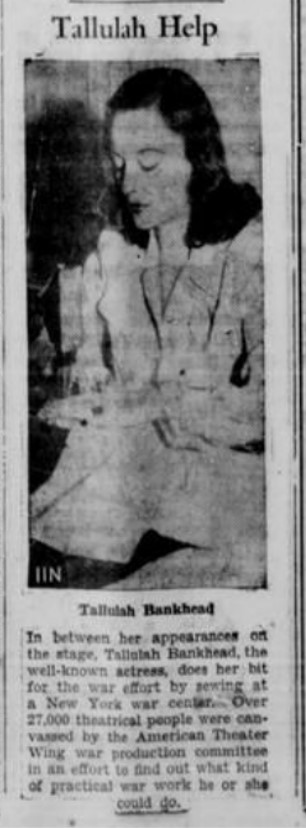
In 1948, Noel Coward’s Private Lives Broadway show toured, it featured Tallulah Bankhead and Donald Cook in leading roles. Bankhead was among the touring cast members that ventured across the country. The tour made at least two appearances in Oklahoma: Tulsa and Oklahoma City. In Tulsa, the cast was featured at Tulsa’s Convention Hall on May 4, 1948. It is not sure if Bankhead made a visit to Sapulpa, but it is assumed when she arrived in Tulsa, this is when she learned the name Sapulpa.
Just days later, in Oklahoma City, a reporter for the Oklahoman had an interesting interaction with the touring Tallulah Bankhead. In the May 6, 1948 interview:
“Tallulah Bankhead, the actress, doesn’t save all her dramatics for the cash customers. She also dramatizes the way she says ‘No’ to an interview. Hand on her chest, her head thrown back, her mascara-circled eyes wide, she says, ‘Oh, my God, no!’ You can almost see the footlights. It didn’t cost the lobbyists in the Biltmore hotel a penny to see her act at 4:30 p.m. Wednesday. It had cost this reporter two hours waiting for la Tallulah and her woman secretary to arrive by car from Tulsa. The secretary came into the lobby first, carrying a Pekingese dog in her arms. (Movie stars use dark glasses to achieve the same effect.) Then came an assortment of people, luggage and a caged bird. Out of the group emerged Tallulah, who is 45 now. Wind-blown, she wore black slacks, a white blouse, a dark red cardigan thrown around her shoulders and a pair of black slippers with heels higher than Oklahoma City girls wear with their slacks. She went to the desk to inquire about her suite number (it’s a two-room affair, Nos. 600 and 633). There was something pulse-quickening about her voice even when she talked to Dillon Tripp, the hotel clerk. Turning, she inquired about the bird. Some man stepped forward with the dark brown cloth-encased cage. She thanked him, blew him a kiss and said, ‘Goodbye, baby.’ The ‘interview’ lasted the distance from the center of the lobby to the elevator. ‘I’ve got a dreadful chest cold,’ she pleaded, as an excuse to escape. She hunched her shoulders forward to appear sunken-chested. It might have been the last stages of you-know-what. When we mentioned a photographer, she rose to new heights. Come to think of it, that’s when she said, ‘Oh my God, no! ‘Look at my hair,’ she commanded, holding a string of it stretched straight from her head. Frankly, we didn’t blame her for avoiding a camera. Tallulah’s natural habitat is the stage. She’ll be at home on the Home Theater stage Thursday for the second presentation of Noel Coward’s Private Lives.’”
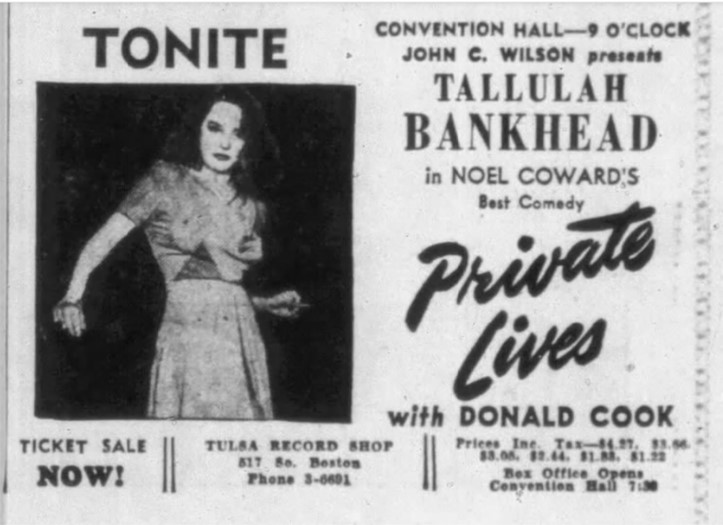
Tallulah Bankhead over the next decade hosted radio shows, performed on stage, and had a few guest appearances on television. Rumor was “she was said to be the inspiration for the character of Cruella De Vil in Walt Disney’s One Hundred and One Dalmatians (1961).”
In December 1968, Tallulah Bankhead died “in her beloved New York City” of double-pneumonia.
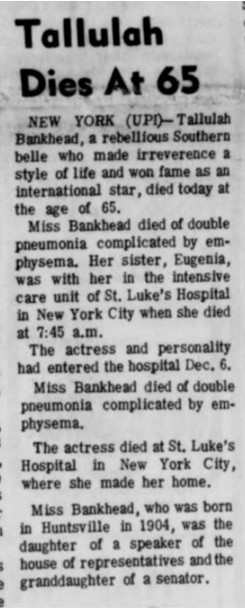
Here is the link to episode two of The Big Show, November 12, 1950, with the interview at one hour and fifteen-minute mark:
(Sapulpa Herald, July 18, 1931, January 2 1932, January 4, 1932, July 20, 1932, September 22 1932, November 12, 1932, June 24, 1938, June 15, 1942, May 27, 1944, August 14, 1945, November 7, 1945; Democrat News, December 3, 1931; Sapulpa Daily Herald: December 12, 1968; The Oklahoma, April 24, 2017; Tulsa Tribune, May 4, 1948, May 5, 1948; New Yorker, September 29, 1972; Vanity Fair, May 25, 2021; May 8, 2005; Wikipedia; Playbill; The Big Show Radio; IMDb



